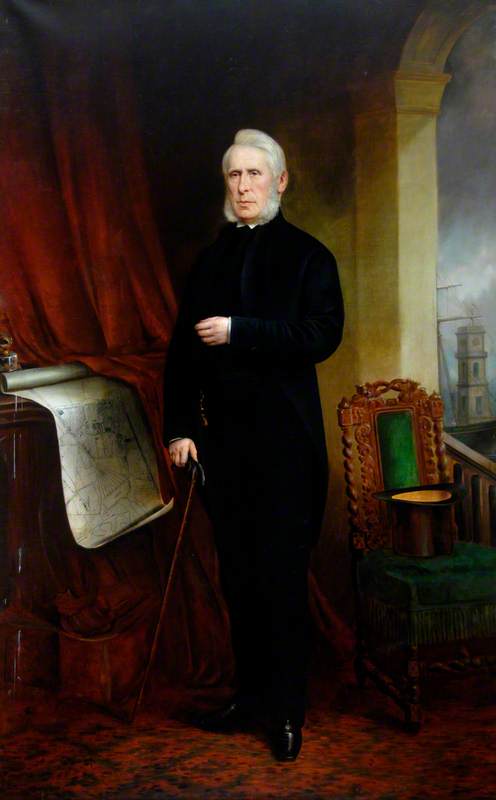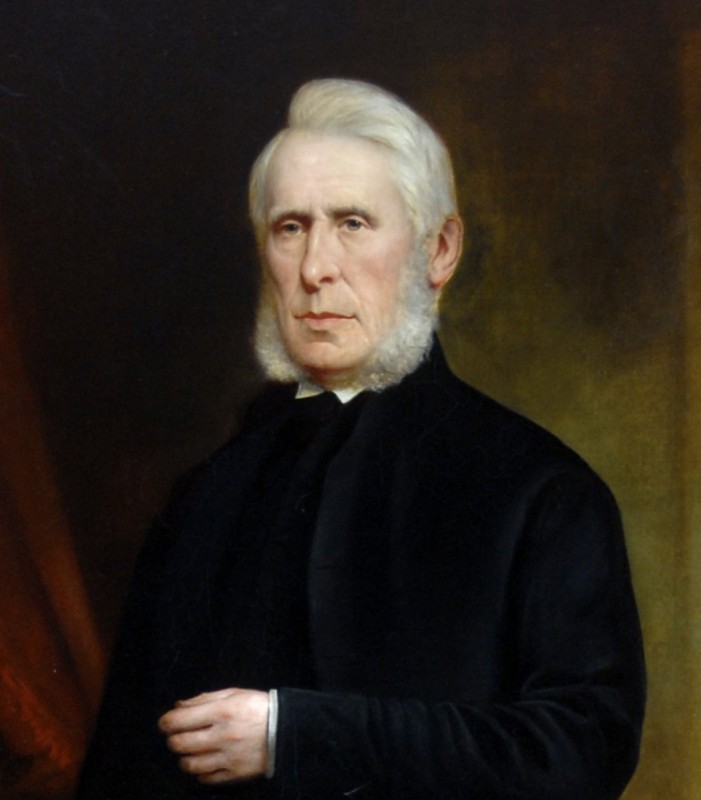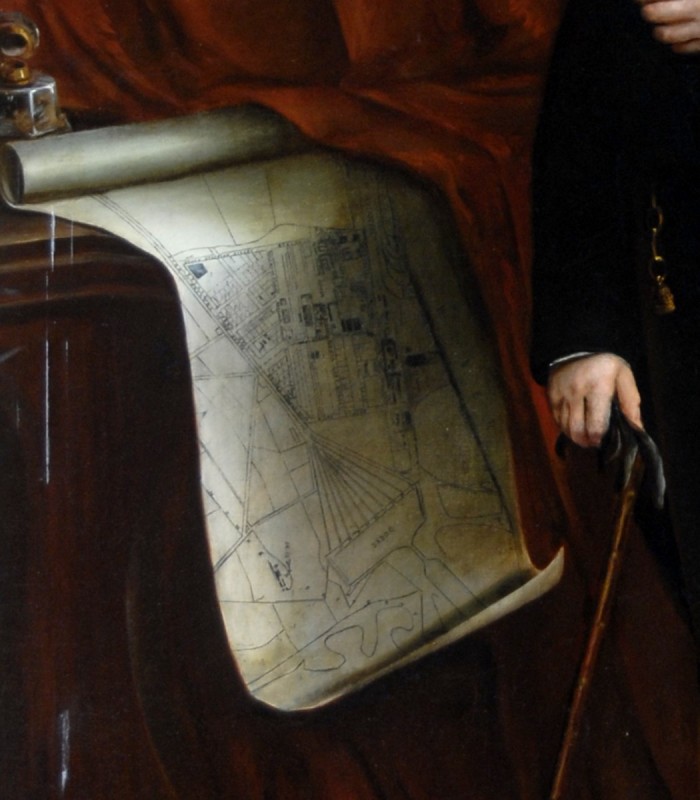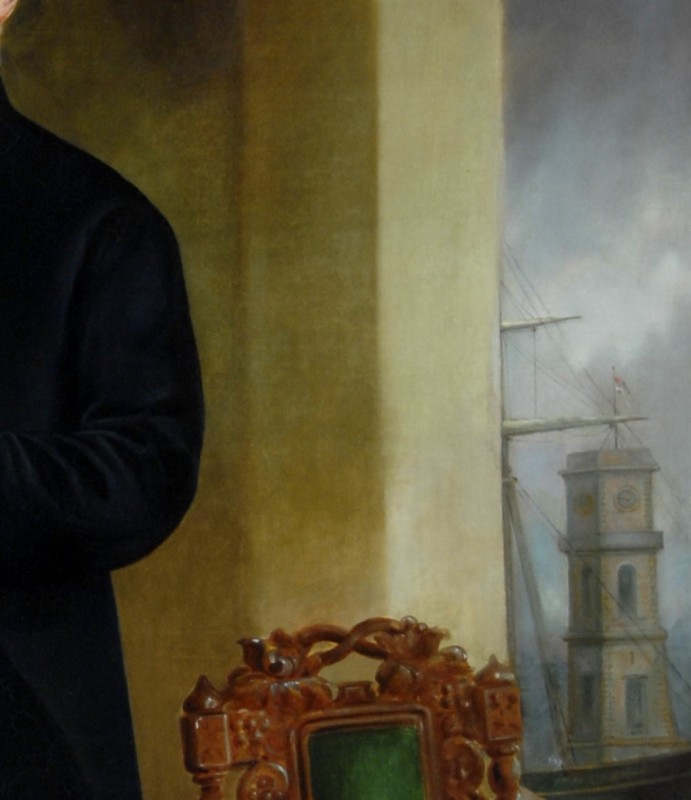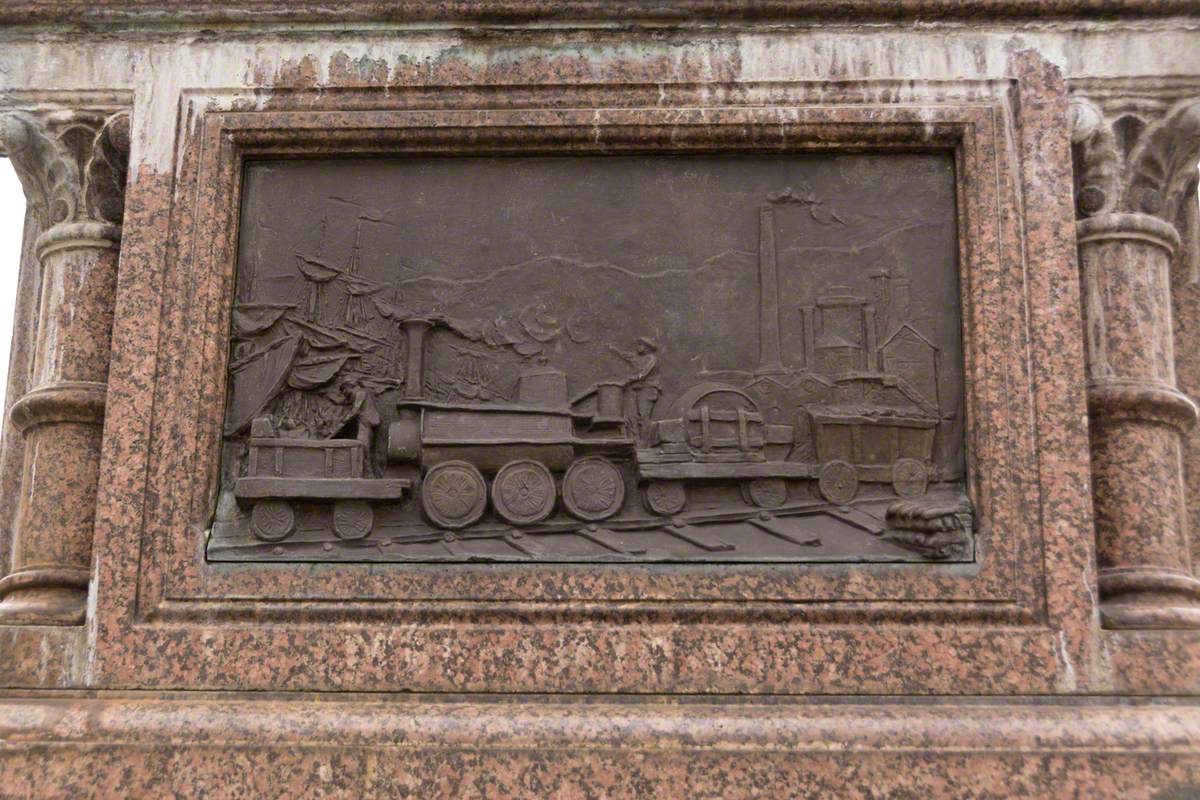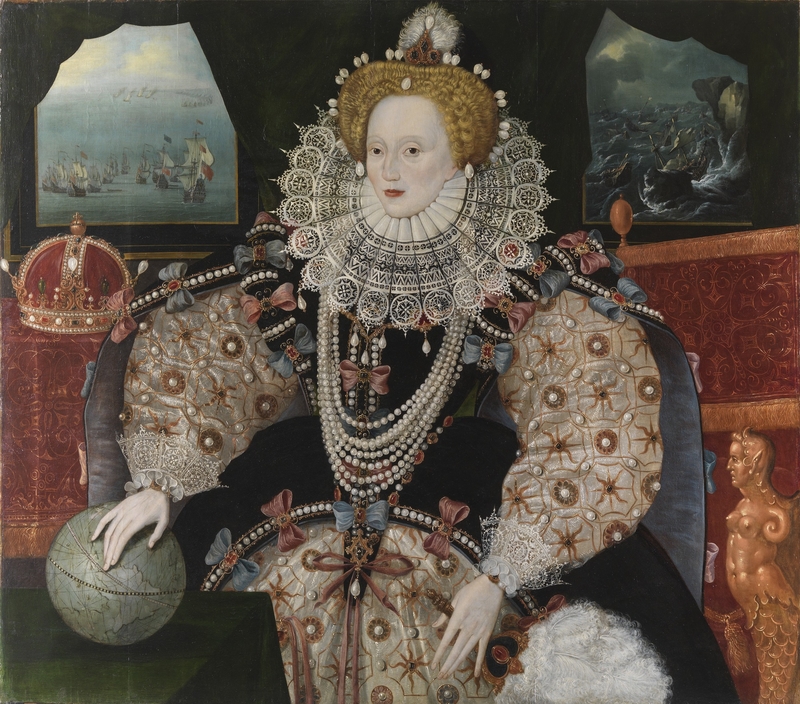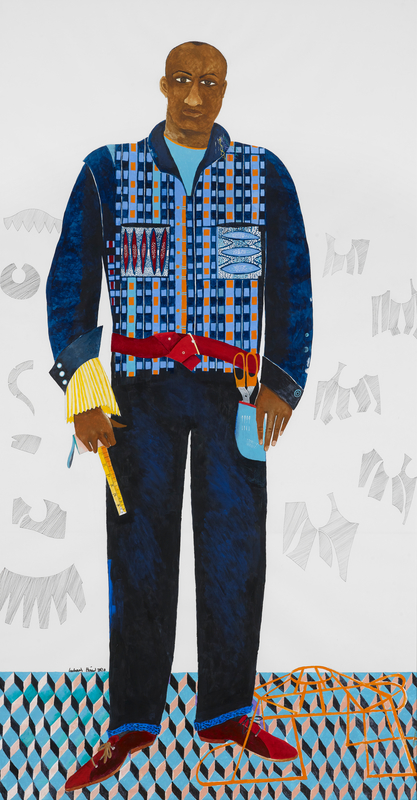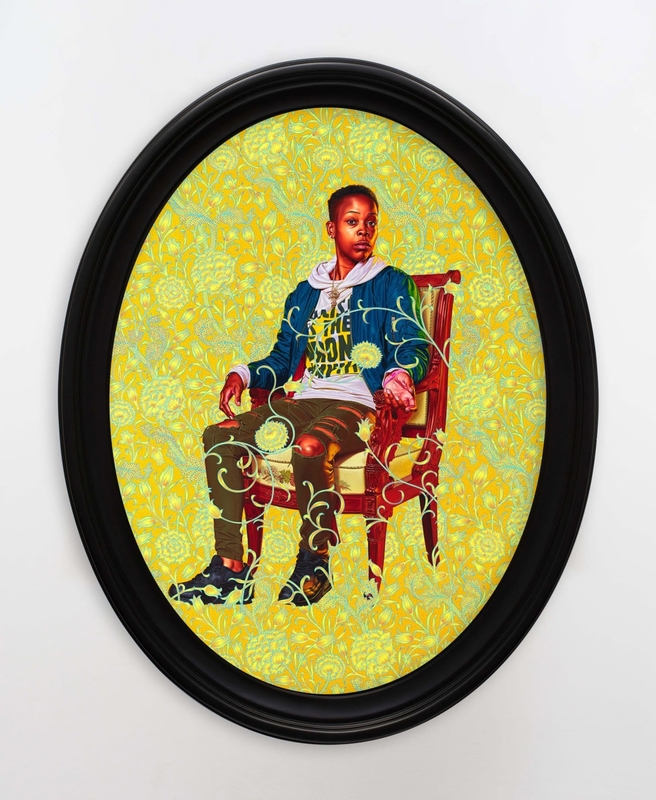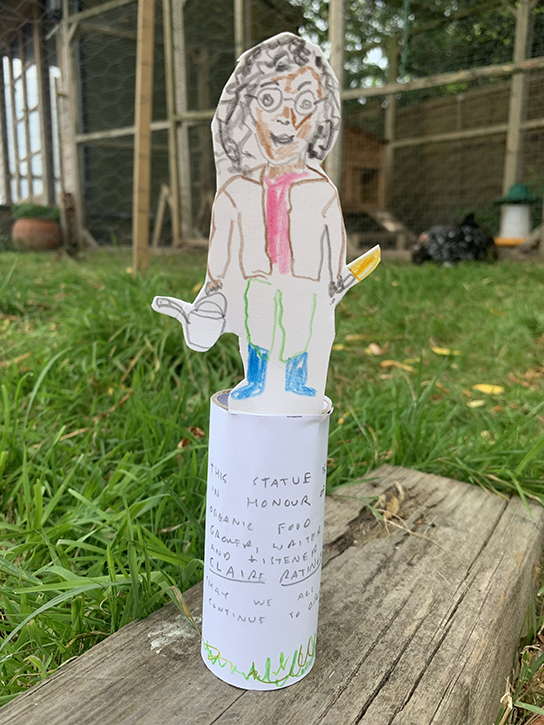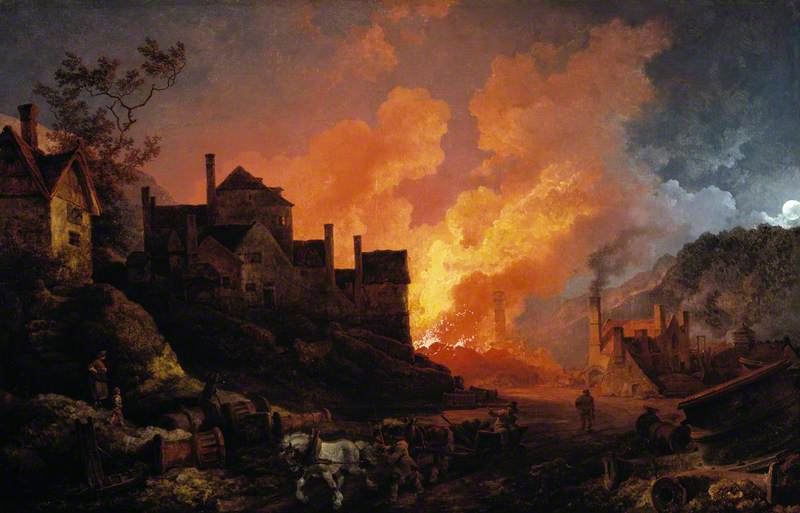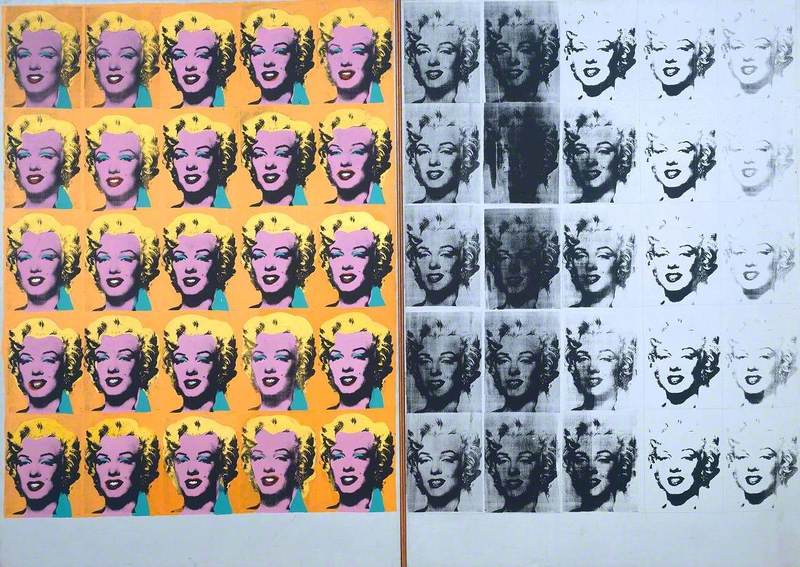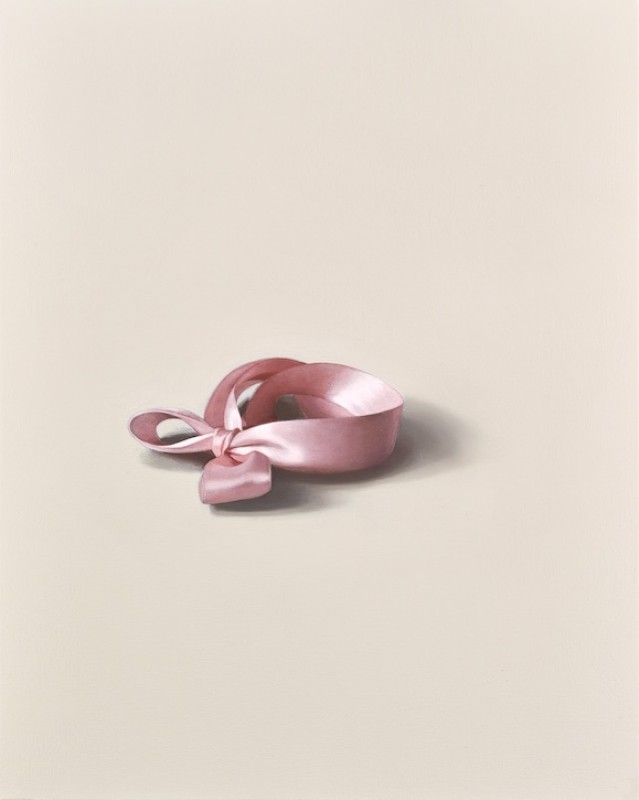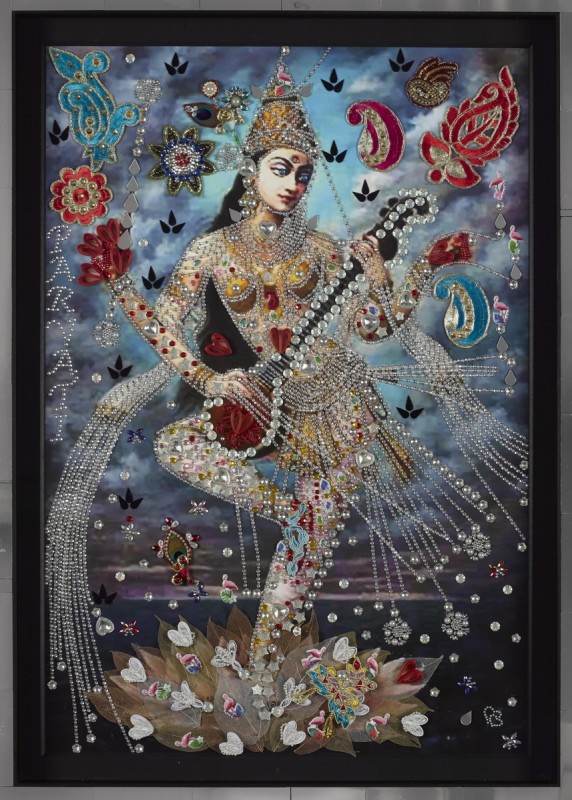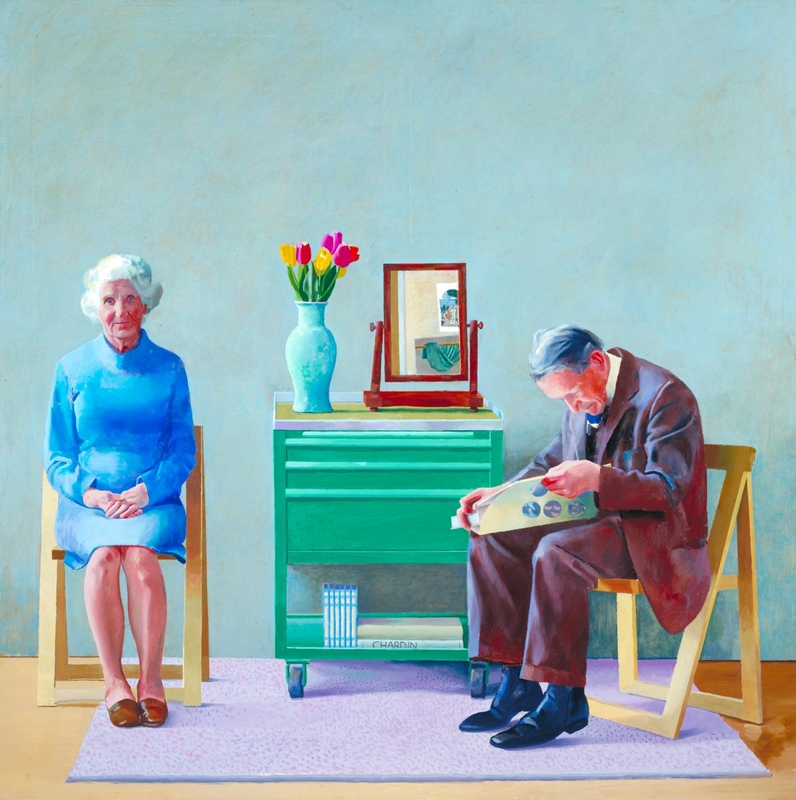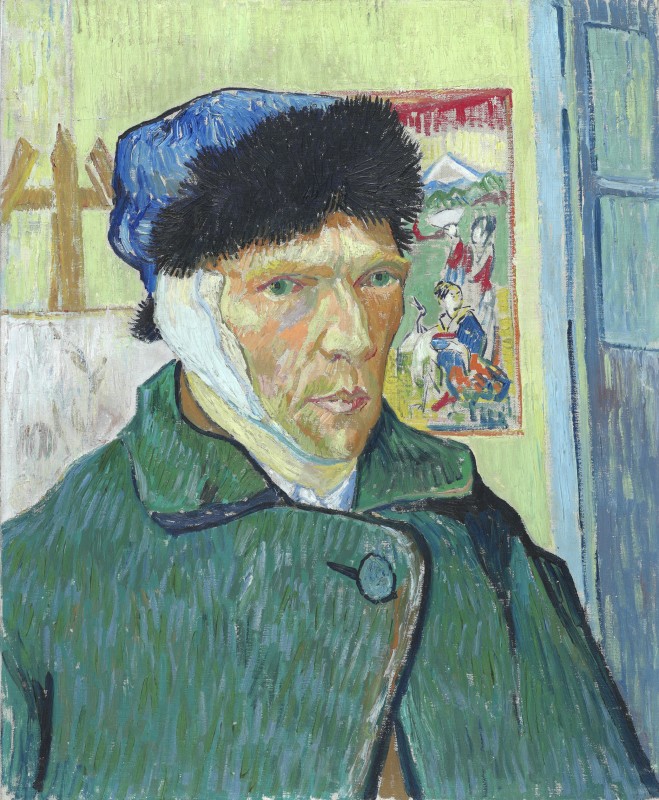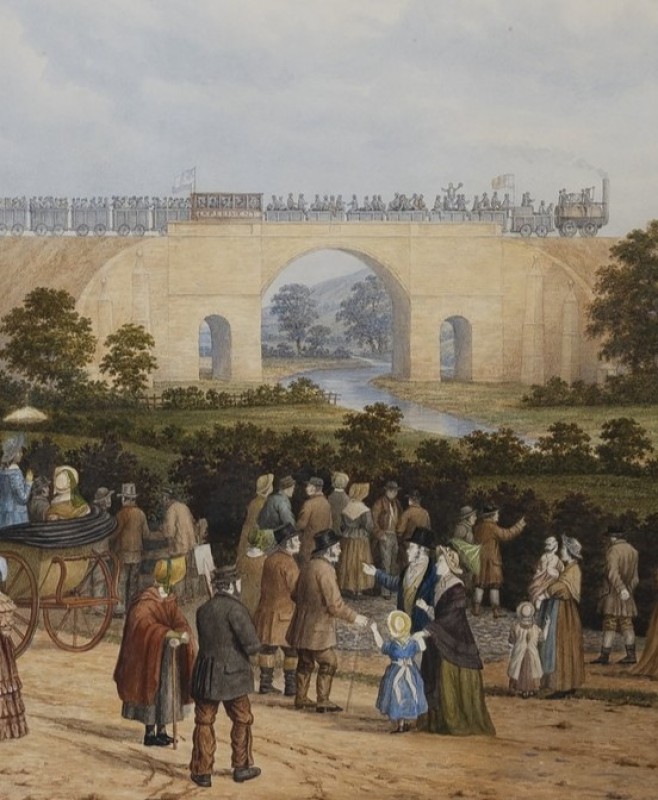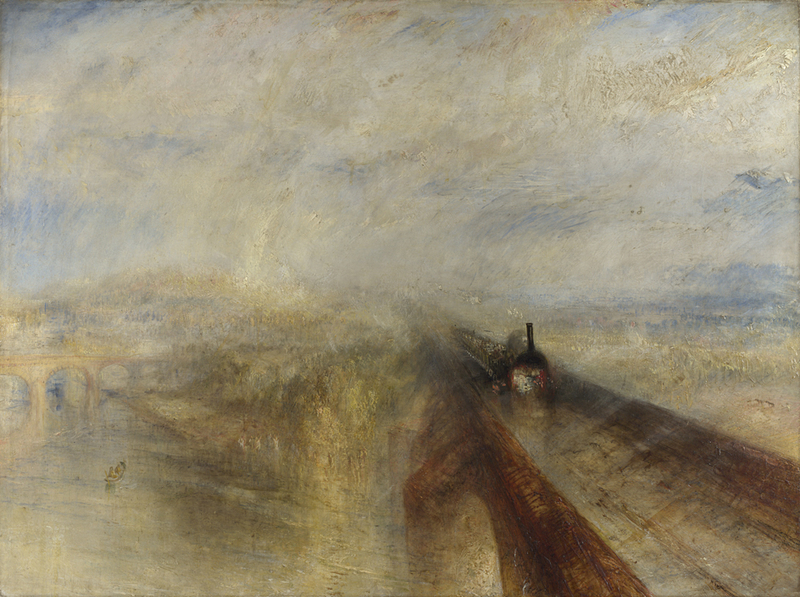Expressive arts
Exploring the expressive arts is essential to developing artistic skills and knowledge and it enables learners to become curious and creative individuals
- I can explore and experiment independently and demonstrate technical control with a range of creative materials, processes, resources, tools and technologies showing innovation and resilience.
- I can explore the effects that a range of creative techniques, materials, processes, resources, tools and technologies have on my own and others' creative work.
- I can explore how creative work can represent, document, share and celebrate personal, social and cultural identities.
- I can explore and describe how artists and creative work communicate mood, feelings and ideas and the impact they have on an audience.
Responding and reflecting, both as artist and audience, is a fundamental part of learning in the expressive arts
- I can reflect upon how artists have achieved effects or communicated moods, emotions and ideas in their work.
Creating combines skills and knowledge, drawing on the senses, inspiration and imagination.
- I can combine my knowledge, experience and understanding to plan and communicate my creative work for a range of different audiences, purposes and outcomes
- I can draw upon my design knowledge and make connections with greater independence to modify and develop my creative designs.
- I can identify and respond creatively to challenges with resilience and flexibility
Humanities
Enquiry, exploration and investigation inspire curiosity about the world, its past, present and future
- I can use my experiences, knowledge and beliefs to generate ideas and frame enquiries.
- I have actively engaged with a range of stimuli, and had opportunities to participate in enquiries, both collaboratively and independently.
- I can understand the difference between facts, opinions and beliefs, and consider how this may affect the importance and usefulness of evidence.
- I can reflect on the strengths and weaknesses of the approaches I have taken to my enquiries.
Our natural world is diverse and dynamic, influenced by processes and human actions
- I can describe and give simple explanations about the impact of human actions on the natural world in the past and present - I can describe and give simple explanations about the impact that physical processes have had on people, places and landscapes in the past and present.
- I can describe and give simple explanations on how and why some places, spaces, environments and landscapes are especially important to different people and for different reasons.
- I can locate and give simple explanations for the distinctive features of places, spaces and landforms in my locality and in Wales, as well as in the wider world.
- I can give simple descriptions of how places, spaces, environments and landforms have changed over time.
Human societies are complex and diverse, and shaped by human actions and beliefs
- I have an understanding that the past can be divided into periods of time. I also have an understanding that these periods have distinctive features and are different from one another, as well as different from the present.
- I can describe and explain similarities and differences between people's lives both in the past and present
- I can describe how some different characteristics of communities and societies have changed, within and across periods of time, in my locality and in Wales, as well as in the wider world.
- I can identify and explain the main causes and effects of events in a range of contexts, and I can recognise how these impact communities and societies.
- I have an understanding of how factors in the past and present have shaped my communities.
Languages, literacy and communication
Welsh / English
Understanding languages is key to understanding the world around us
- I can listen to, understand and later recall in greater detail the general meaning of what I have heard.
- I can listen to and understand information about a variety of topics, summarising the main points.
- I can listen to, identify and use cues to understand the general meaning and implied ideas.
Expressing ourselves through language is key to communication
- I can recognise the appropriate language for different audiences and purposes, varying my expression, vocabulary and tone to engage the audience.
- I can adapt and manipulate language and make appropriate choices about vocabulary, idiomatic language and syntax in order to express myself with fluency and clarity.
- I can reflect on the quality of my expression and use a range of strategies to ensure greater clarity in my spoken, written and visual communication.
- I can respond to others' points of view, seeking clarity, structuring arguments, summarising and explaining what I have heard, read or seen.
- I can interact with others, talking and writing about my thoughts, feelings and opinions showing empathy and respect.
- I can use familiar idiomatic language and appropriate register in my communication
